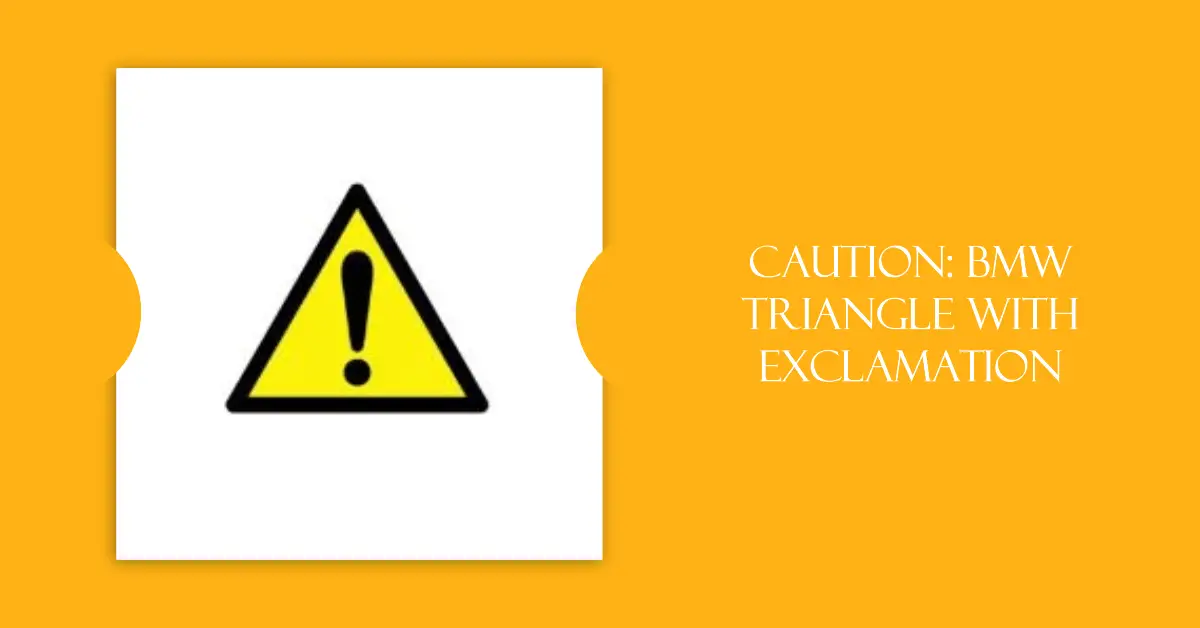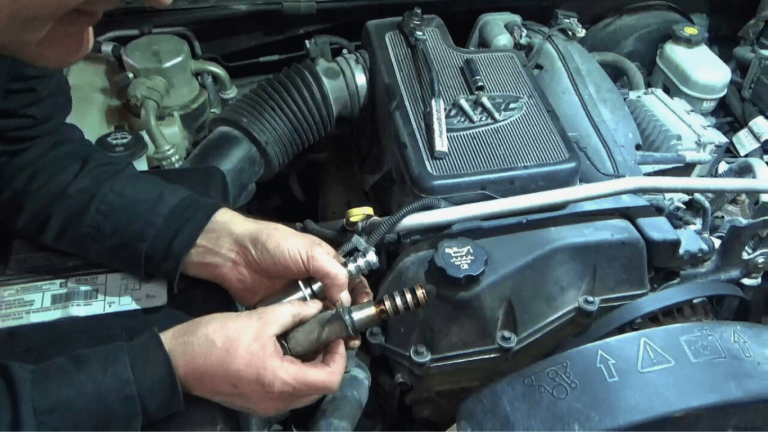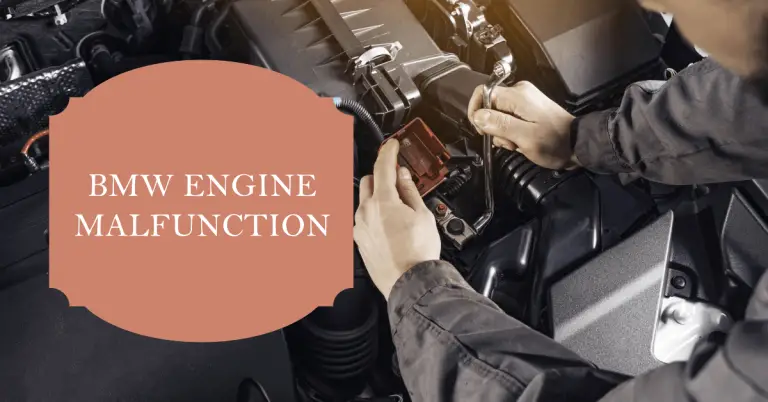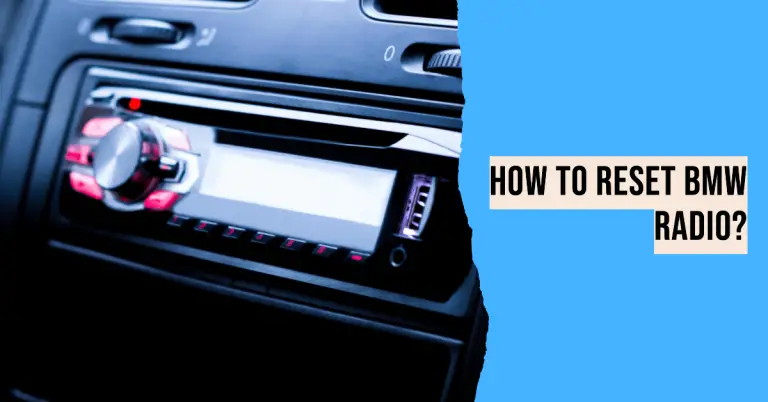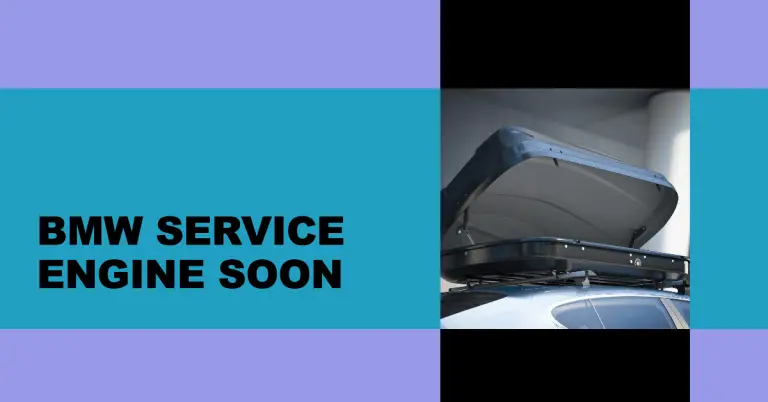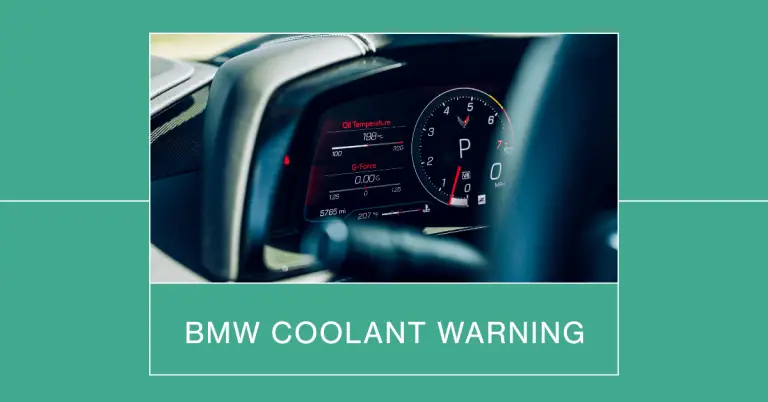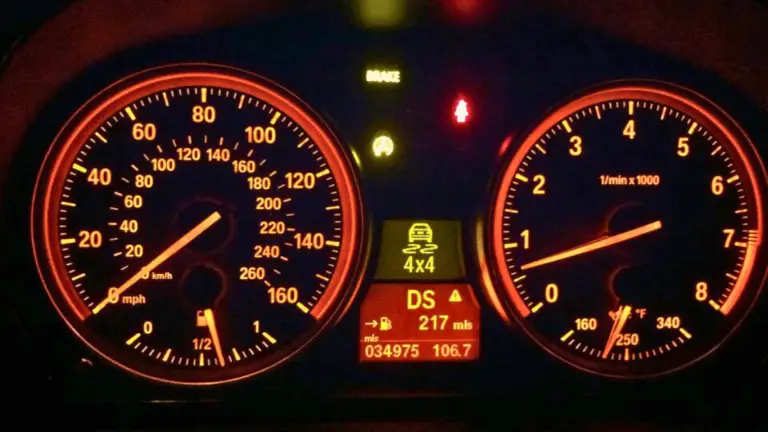BMW Triangle with Exclamation: What It Means and How to Fix It
That ominous glowing orange BMW warning light shaped like a triangle with an exclamation point in the middle is enough to make any driver nervous. It’s indicating there’s an issue with your BMW’s engine control system that needs attention. But what exactly does this triangle light mean? What causes it to come on? And what should you do when it appears? This detailed guide will explain everything you need to know about the BMW triangle warning light, including what it means, common causes, diagnostic tips, and both DIY and professional repair options to get your BMW back on the road.
What Does the BMW Triangle Warning Light Mean?
The triangle with exclamation point is part of BMW’s vehicle monitoring system that alerts drivers to issues with the vehicle. This specific warning light indicates a problem with the engine control system, which regulates engine performance, emissions controls, and onboard diagnostics.
Seeing the BMW triangle warning illumination means there is a malfunction in the electronic engine control unit (ECU) or emission control system. This could be anything from a faulty oxygen sensor to problems with the catalytic converter. The on-board diagnostics system is letting you know it has detected an issue that requires attention.
Ignoring this warning light risks further damage to components like the catalytic converter or oxygen sensors. It could also result in your BMW failing an emissions test in jurisdictions that require one. So when that ominous orange triangle pops up, it’s important to determine the cause and remedy it promptly.
Common Causes of the BMW Triangle Warning Light
There are a several common issues that can trigger the BMW triangle warning illumination:
Loose or Faulty Gas Cap
One of the simplest causes of the BMW triangle engine warning light is a loose or faulty gas cap. Your gas cap needs to be properly secured to keep the air/fuel mixture and evaporative emissions system working correctly.
If the gas cap seal is compromised or the cap itself is damaged, it can trigger the check engine light. Replacing the gas cap or tightening it may be all that’s required to turn off the warning.
Problems with Oxygen Sensors
Your BMW’s oxygen sensors analyze the air/fuel mixture and feed that data to the ECU to adjust performance accordingly. If the oxygen sensors are damaged, contaminated, or non-functioning, they will provide inaccurate data to the ECU, illuminating the check engine light.
Typical signs of a bad oxygen sensor include reduced gas mileage, stalling, rough idle, or hesitation accelerating. Replacing a faulty oxygen sensor will often resolve the BMW triangle warning.
Ignition System Issues
Problems like defective spark plugs, bad ignition coils, and faulty spark plug wires can all cause misfires that activate the check engine light. Misfiring cylinders generate high emissions, signaling the need for diagnosis.
Inspecting and testing ignition components, or simply replacing worn spark plugs, may be all that is needed to fix rough running and the warning light.
Catalytic Converter Failure
The catalytic converter reduces harmful exhaust emissions. If it becomes clogged or damaged, exhaust gases can’t properly flow through it to be cleaned. The oxygen sensors will detect the inefficient converter, triggering the triangle warning light.
Replacing a damaged catalytic convertor, assuming the issue is diagnosed promptly, often resolves the warning light. Delayed repairs may require further exhaust repairs.
Problems with the Fuel Injection System
Issues like a malfunctioning fuel injector, leaky fuel injector seal, or low fuel pressure from a failing fuel pump can all affect the air/fuel ratio. This causes inefficient combustion and raises emissions, triggering the triangle light.
Properly diagnosing and repairing fuel injector issues or replacing a faulty fuel pump will address the root problem.
What to Do When the BMW Triangle Engine Warning Appears?
That glowing orange triangle with exclamation point is impossible to ignore. Here are the recommended steps when you see it illuminated:
1. Tighten or Replace the Gas Cap
The first step is to ensure your gas cap is tightened properly. If the seal seems compromised, go ahead and replace the gas cap right away. This simple fix resolves the issue for many BMW owners who see the triangle warning light.
2. Scan for Diagnostic Trouble Codes
Connecting an OBD2 scanner and pulling diagnostic trouble codes (DTCs) should be your next step. This will give you insights into what’s causing the issue.
For example, code P0171 indicates the engine is running lean. P0301 signifies a cylinder #1 misfire. P0420 indicates an inefficient catalytic converter. Use the DTCs to target your troubleshooting.
3. Thoroughly Inspect Potential Causes
With diagnostic codes in hand, visually inspect components that could be causing the problem. Look at oxygen sensors for damage and contamination. Check spark plugs and ignition coils for wear or cracks.
Assess fuel injectors and fuel pressure. Test components as needed to isolate the fault. This inspection should lead you to the root cause.
4. Make Any Necessary Repairs
Replace any components found to be damaged during inspection and testing. For example, swap out a faulty oxygen sensor or fix leaky fuel injectors.
Repair ignition system issues, clear catalytic converter obstructions, or replace if clogged. This should resolve the BMW triangle warning light once the true cause is properly addressed.
By methodically working through these steps, you can correctly diagnose issues triggering the check engine light and make repairs to get your BMW running smoothly again. Let’s look closer at some DIY fixes and when seeking professional repair is the better choice.
DIY Fixes for Common BMW Triangle Warning Light Causes
Many causes of the BMW check engine light can be repaired yourself if you have some automotive experience and diagnostic skills. Here are some common DIY fixes:
1. Reset Engine Control Module
Sometimes just resetting the ECU and clearing stored error codes can resolve a transient electrical issue causing the warning light.
Disconnect the battery for 15 minutes to reset the ECU. Then take a short test drive. The light may stay off now that the glitch has been cleared.
2. Replace Spark Plugs/Coils
Faulty spark plugs are a very common cause of check engine lights and rough running engines. Inspect plugs for carbon buildup, burns, cracks, corrosion, and replace as needed. Use manufacturer approved parts.
Likewise, worn or damaged ignition coils can be replaced in less than an hour. This simple tune-up item often remedies misfire issues.
3. Swap Out Oxygen Sensors
Oxygen sensors mounted in the exhaust system eventually degrade. Replacing a faulty oxygen sensor yourself restores proper readings to the ECU, potentially fixing the triangle warning light.
4. Tighten/Replace Gas Cap
It’s embarrassing when a loose gas cap triggers that ominous triangle light. Double check the cap is tightened fully and replacing it if the seal seems worn or faulty.
5. Clear Catalytic Converter
If you catch a clogged catalytic converter early, try an approved cleaner additive that can dissolve away some buildup restricting exhaust flow before opting for a costly replacement.
These DIY fixes work for commonly occurring issues causing the BMW check engine light. But there are times it is best to leave repairs to professional mechanics.
When to Seek Professional Repair for the BMW Triangle Warning?
While the triangle warning light may come on for an quick DIY fix like replacing a gas cap, there are instances when seeking professional repair is the wise choice:
If the Problem Persists
You don’t want to keep throwing parts at an issue if you’ve made fixes but the BMW triangle keeps popping up. At some point it makes sense to have pros tackle an elusive gremlin.
Emission System Repairs
Complications with the catalytic converter, EVAP system, or other emission controls often requires specialist diagnostic skills and tools best left to the professionals.
Major Engine Issues
Serious problems like low compression, damaged cylinders causing misfires, bent valves, timing chain issues, etc will require an expert mechanic to properly diagnose and repair.
Lack the Time or Skill
Let’s face it – some car owners simply don’t have the skills or time to tackle their own repairs. If that sounds like you, go ahead and seek help to get your BMW running right again.
Trying DIY fixes makes sense for minor issues you feel equipped to tackle. But the triangle light coming on can indicate more serious problems.
Relying on professional mechanics to properly diagnose and repair the true cause of the warning light is recommended when:
- DIY fixes don’t resolve the issue
- You lack the technical skill
- Major engine repairs are needed
This ensures you get your BMW back on the road reliably and cost effectively.
What to Expect Cost-Wise for Professional Repairs?
The cost to diagnose and fix issues causing the BMW check engine light can vary quite a bit based on the specific problem. Here are some estimates:
- Loose/faulty gas cap replacement: $20-50
- Oxygen sensor replacement: $120-250
- Spark plug/coil replacement: $150-350
- Fuel injector repairs: $300-500
- Catalytic converter replacement: $1000-2000
Keep in mind these are just general cost ranges which can vary based on your BMW model, local labor rates, part prices, and the extent of repairs needed. More complex engine issues can run higher as well.
Getting an accurate diagnosis first is recommended before just throwing parts at a problem. This helps you know the true fix needed so you don’t spend money unnecessarily.
Can You Drive with BMW Triangle Warning Light On?
You don’t want to continue driving your BMW for long periods with that triangle warning light staring you in the face. While the vehicle may seem to operate normally, prolonged driving risks damage from whatever issue is causing the light.
However, you should be able to safely drive your BMW a short distance to a repair shop after the light comes on. Just keep an eye out for changes in vehicle performance like surging, loss of power, or increased emissions smell.
The BMW triangle with exclamation point is not signaling an immediate breakdown, so driving straight to your mechanic for diagnosis is fine. Just make those trips short and have the problems addressed promptly to avoid harming your BMW further.
Is the BMW Triangle Warning Light Red or Orange?
Unlike many manufacturers that use a yellow or amber check engine light, BMW opted for an orange/red warning light designed in a triangle shape with the engine warning exclamation point in the middle.
So seeing orange or red illumination of the BMW triangle means the same thing – there is an issue detected with the electronic engine control system that requires diagnosis and repair.
On some older BMW models prior to 1996, the triangle is red. 1996 and newer models use orange. But the meaning is the same, prompting you to scan codes and troubleshoot problems.
BMW Triangle Warning Light On at Start Up Then Goes Off
It’s not uncommon for the BMW triangle engine warning light to briefly flash on during start up and then turn off again. This is perfectly normal.
The light illuminates while the vehicle runs a quick self-check of systems. So long as the light turns off and stays off, there is no cause for concern. A quick triangle illumination at start up just means your BMW’s monitoring system is doing its job.
However, if the BMW triangle remains steadily illuminated after engine start, or comes on again while driving, that means a problem has been detected requiring diagnosis service.
BMW Triangle Warning Light Flashing On and Off
A steadily glowing triangle light indicates a problem, but a flashing BMW check engine light points to a more immediately serious issue.
A flashing triangle while driving likely means there is a misfire occurring, potentially from fuel or ignition components. This will require prompt diagnosis and repair to avoid catalytic converter damage.
Do not operate your BMW for long with the flashing triangle light. Get it to a professional mechanic immediately to assess the underlying engine issue needing correction.
Is it Safe to Reset the BMW Triangle Warning Light?
It may be tempting to simply reset the BMW check engine light to make it turn off instead of properly diagnosing and repairing the problem. But this is not a safe approach.
Clearing stored codes with a scanner tool or by disconnecting the battery will turn off the warning light temporarily. But if the root issue is not fixed, the light will just illuminate again once driven a while.
The BMW triangle light only comes on when a sensor detects a legitimate problem needing repair for proper emissions and engine operation. Just resetting the light without servicing the car only masks an issue and risks further damage down the line.
BMW Triangle Warning Light Won’t Turn Off After Repair
Sometimes even after you’ve diagnosed an issue causing the check engine light and made repairs, that pesky BMW triangle may refuse to turn off. This is frustrating but there are steps you can try.
Double check repairs were completed properly. Then disconnect the negative battery cable for 15 minutes to reset the ECU. This may clear any codes keeping the light on unnecessarily.
Try a high quality fuel system cleaner if not done as part of repairs, in case there is lingering buildup confusing sensors.
Make sure you drive long enough for the BMW monitoring system to run full diagnostics after repairs to signal the issue is resolved.
If the light still persists, further professional diagnosis may be needed in case there is another problem you have not identified. But a proper repair followed by an ECU reset should turn that triangle light off in most instances.
Can You Pass Emissions Inspection With BMW Triangle On?
That depends on your local emissions testing policies, but in most cases the BMW check engine light being on means an automatic inspection failure.
With the triangle warning illumination, your BMW’s OBD system is detecting an emissions related fault. This typically means your vehicle will not pass emissions testing until the fault is fixed and the warning light reset.
Some policies allow one or two monitoring system readiness monitors to be unset and still pass inspection if the check engine light is off. But the triangle on will usually trigger an emissions test failure.
So to pass inspection, the problem causing the warning light must be repaired, the ECU reset, and monitors set by driving until the light stays off indicating emissions systems are in proper working order.
Other BMW Warning Lights to Watch For
In addition to the check engine triangle, there are some other important BMW warning lights drivers should keep an eye on:
- Battery Light – Indicates battery/charging system issues
- Oil Warning Light – Low oil pressure detected
- Brake Warning Light – Low brake fluid or brake system fault
- Temperature Warning Light – Engine overheating
- Tire Pressure Light – Low tire pressure in one or more tires
- Airbag Warning Light – Potential issue with airbag systems
Don’t ignore these warning lights either as they signify mechanical problems or safety issues needing attention. Monitoring your BMW’s instrument cluster lights helps spot problems early.
Maintaining Your BMW to Prevent Issues
The best way to avoid seeing that dreaded BMW triangle warning light is preventative maintenance. Follow the manufacturer recommended service schedule in your owner’s manual for:
- Oil changes
- Fluid flushes
- Spark plug replacement
- Air filter changes
- Fuel system cleaning
- Oxygen sensor replacement
- Brake service
- Suspension inspections
Routine maintenance keeps your BMW’s systems running optimally. Don’t ignore key services that can head off expensive repairs down the road.
Conclusion
Seeing the infamous glowing orange BMW triangle with exclamation point appear on your instrument cluster is like a punch to the gut. But don’t panic. In this article, you’ve learned exactly what this engine warning light means, potential causes, smart diagnostic tips, and both DIY and professional repair options to get your car back on the road safely.
Armed with this knowledge, you can confidently troubleshoot issues triggering the warning light whether tackling repairs yourself or discussing needs with your mechanic. With proper maintenance and prompt diagnosis when issues arise, your BMW will provide many more miles of driving enjoyment. Just be vigilant to respond promptly if that triangle rears its ugly head.

